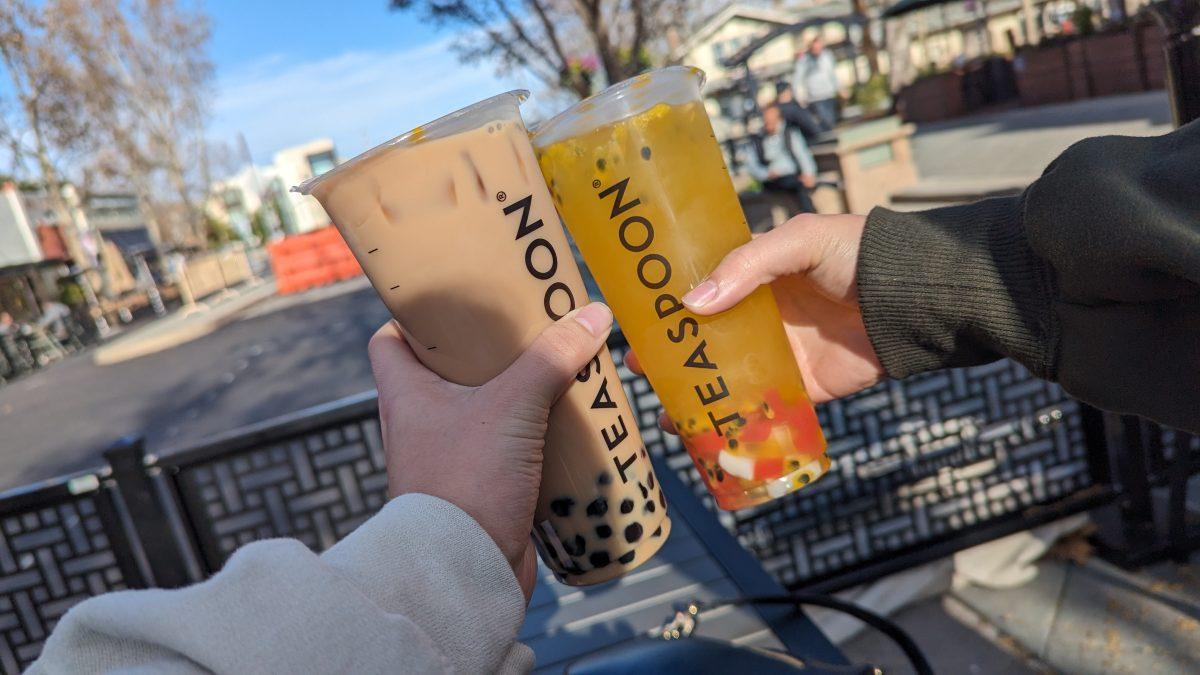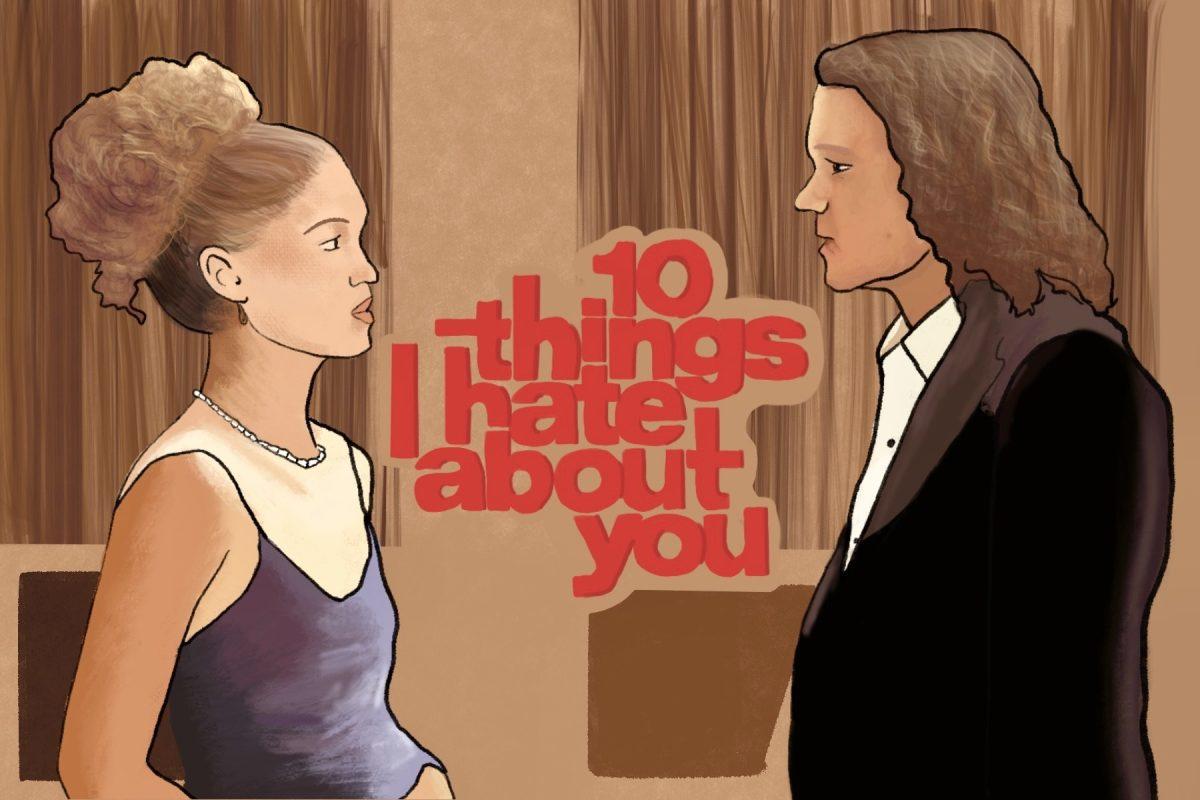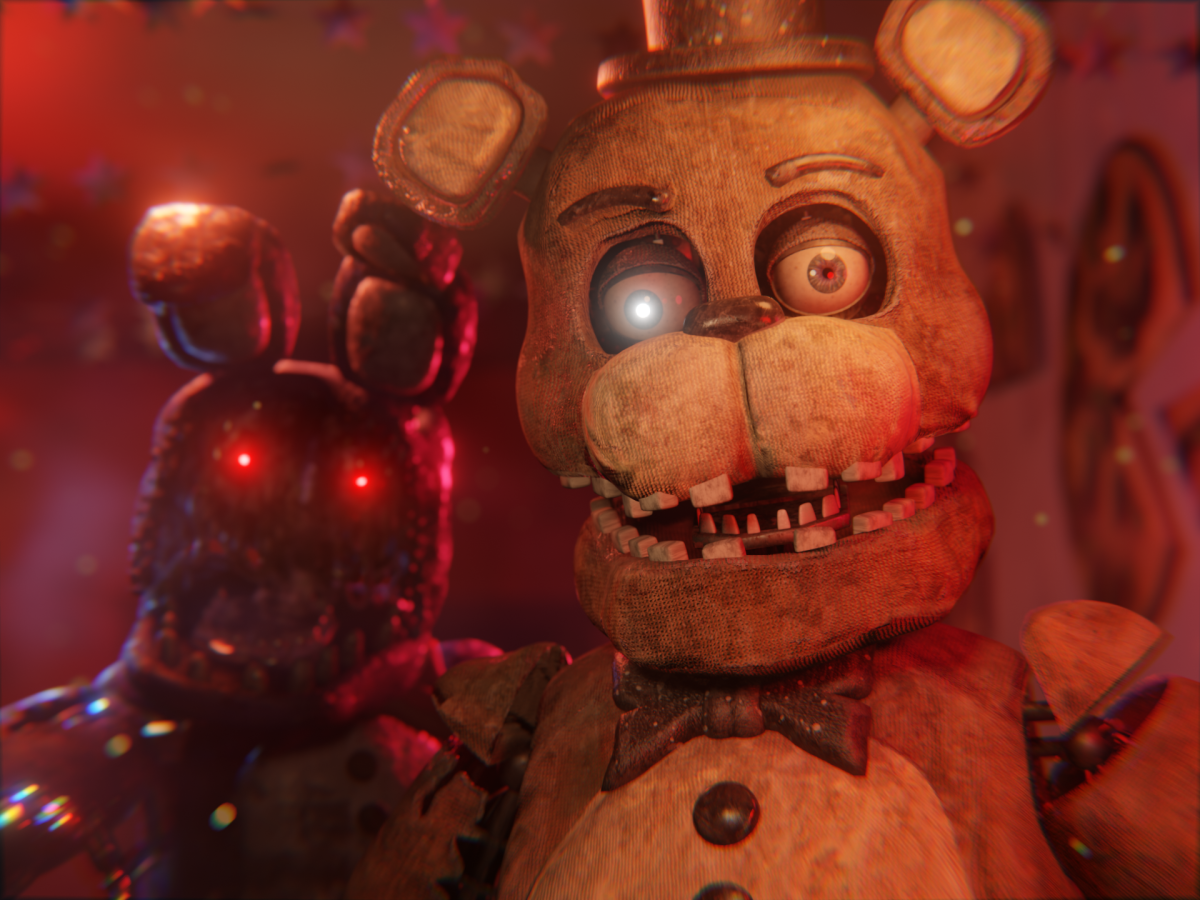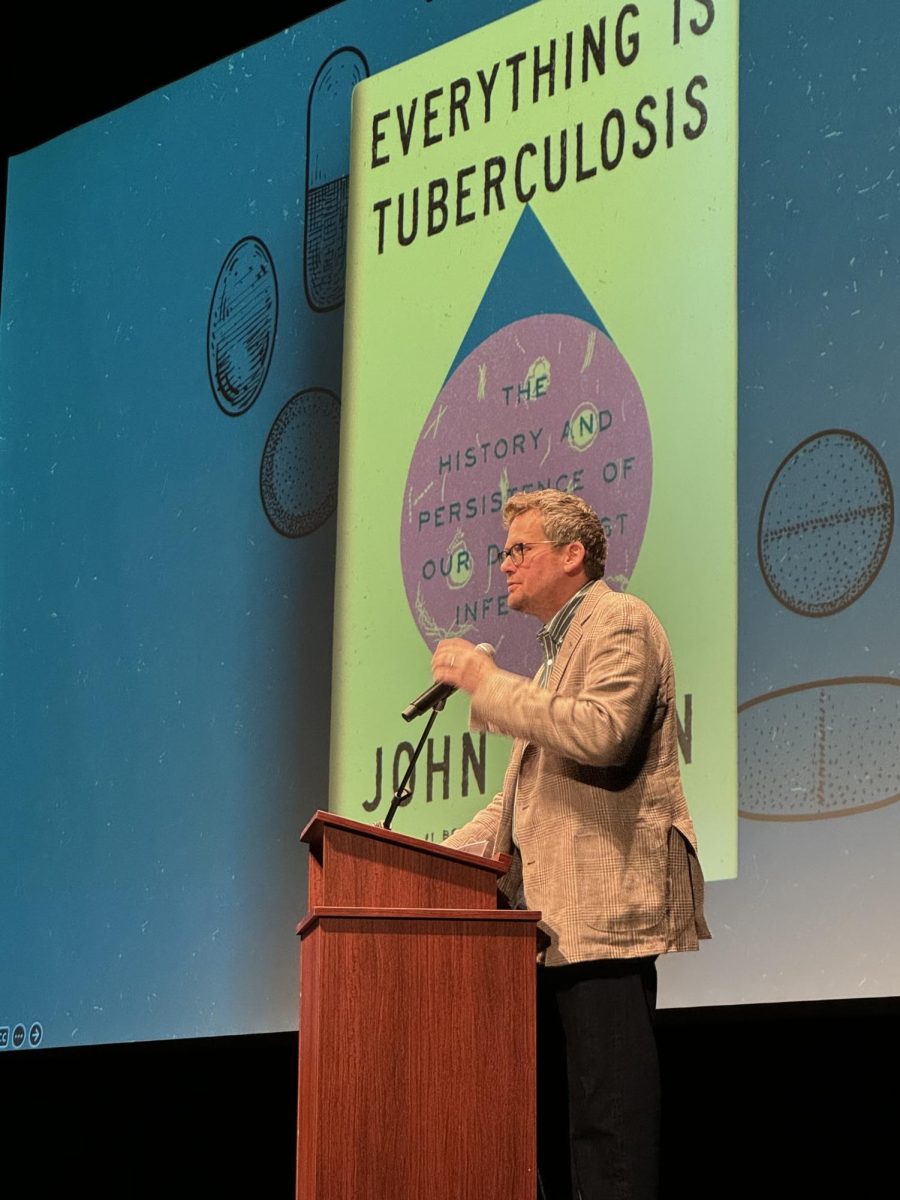by Kylie Chen (’24) | February 3, 2023
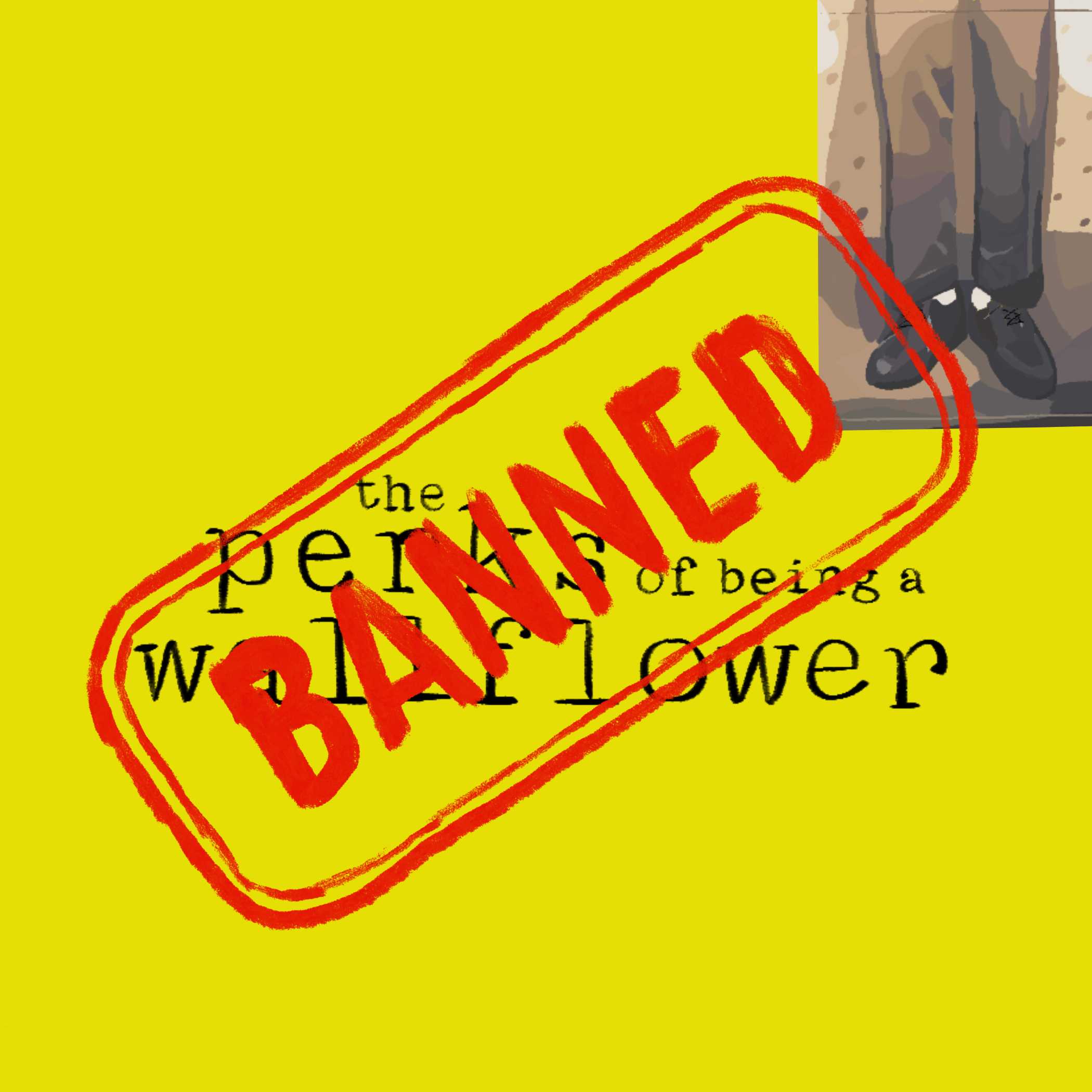
Disclaimer: Joanna Ho, one of the authors who was interviewed for this article, is the writer’s aunt. As this publication is committed to providing an accurate representation of its subjects, it is important to note that the interviewee has been portrayed as accurately as possible regardless of any relations between the author and the interviewee.
Why do authors write? Some write to portray a personal experience or struggle and others to critique the wrongs present in society, but no matter the story, it is something the author thinks is worth sharing with the world.
In an interview with the National Coalition Against Censorship (NCAC), author Stephen Chbosky explained why he wrote his first novel, The Perks of Being a Wallflower: “This book is my love letter and wish for every kid who is struggling with identity, because at the time I was writing it, I was struggling with my own.”
The Perks of Being a Wallflower was first published on February 1, 1999, and first banned in 2003. The novel is written as a series of letters from its main character, Charlie, to an unnamed friend. In these letters, Charlie writes about his struggles with relationships, substance abuse, mental health, and identity. Today, The Perks of Being a Wallflower is still subjected to multiple bans for including topics like drug use, teenage sex, sexual abuse, and abortion. In response to learning that his book was banned, Chbosky said, “I was sad because you publish a book, in part, to end the silence about certain issues. But then certain people object, and they try to censor your book, and all of that is just silence… So every time this happens, I just think about that one kid in the community who could really use the book.”
Other writers I spoke with had similar things to say about writing and book bans. Dr. Tasslyn Magnusson, a poet and self-described “author-in-training,” said, “I’m always so amazed when someone reads [my poetry] and takes the time to write to me—and tell me how meaningful it was for them. I write stories of my heart—and that they resonate with others, it’s an honor.”
On book bans, Magnusson, who also works with PEN America to research censorship attempts, explained, “Book banning is devastating and destructive. It’s harming readers, harming authors, and undermining our public education systems. And that’s the point of the banners. It’s not as much about the story as it is about the people within the stories and represented by the stories. And we’ve proven quite clearly that books that feature Black and Brown characters are targeted as well as stories and characters featuring LGBTQ identities.”
Samira Ahmed, the New York Times bestselling author of Internment and Hollow Fires, whose books have been challenged and soft banned across the country, told me how bans like the ones on her own work affect queer and BIPOC authors: “This is censorship and it is deeply un-American. In one district, three of my books were challenged for containing ‘other religious characters.’ This begs the question—other to what? The answer is clear—my books were challenged because they were not Christian. Young people were denied access to my books because some adults deemed the very existence of Muslim American characters offensive.” She also added, “When we fight book bans, we are fighting for American democracy, for that more perfect union we must strive for.”
Joanna Ho, my aunt and the New York Times bestselling author of Eyes that Kiss in the Corners and The Silence that Binds Us, talked to me about how book bans impact authors on multiple different levels. From a financial standpoint, book bans impact book sales, as well as requests for author visits. Ho revealed that “requests for authors of color or authors who identify as LGBTQ+ or who are from a more marginalized background have decreased significantly over the last year, and White author visits have increased because people are just too scared to bring us out to talk about our books, because of the very loud, but very small number of voices that might come up in their communities.” She also noted that those visits are, for many authors, a large source of their income.
On a more personal level, Ho said, “When you write a book, that’s like your heart on a page, no matter what the book is, and to have people so maliciously twist it—call you a groomer, and say other things… it’s incredibly painful. The worst part, though, is the people who are not doing their research—people who are not really paying attention to what’s happening, and they just believe it.”
Tiffany D. Jackson, author of Monday’s Not Coming, which was targeted for certain passages containing sexual situations, was quoted in an NBC article echoing this sentiment: “It’s hurtful to go through this, to be considered such a monster, allegedly corrupting children… I had to go back and reread my own book to determine if we’re reading the same story… Reading is fundamental, but context is everything.”
I discussed this issue with Ho, who said, “Usually, the majority [of book banners] haven’t read any of [the book]. Somebody picked out one line, but the people in the school board meetings and in the government—for sure they’ve never read any of those books. They don’t even know what they’re about. They’re just banning them because they’re about people of color and LGBTQ+ people.”
This was the case for Chbosky’s book. In 2021, a grandmother of a high school senior in Springfield, Illinois, demanded that The Perks of Being a Wallflower be banned after reading only the first thirty-one pages. But maybe if she had read until the end, or had taken into consideration the context of the novel, she would have seen the book for what it is: a message of perseverance and hope. And maybe if everyone who tried to ban a book took the time to read the books or consider the context, they would think twice before preventing others from finding themselves—and validating themselves—with books. Or maybe they wouldn’t. But I can always hope.





































































